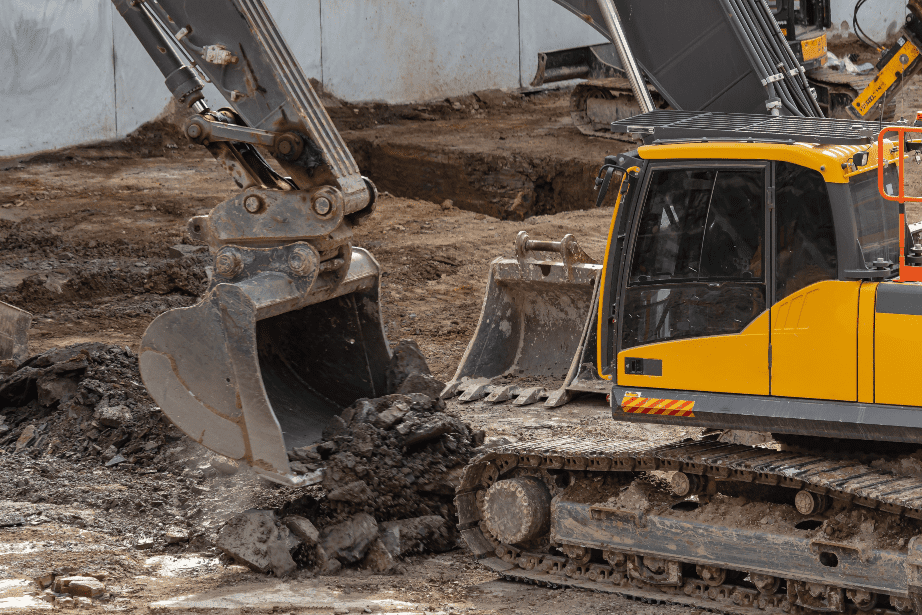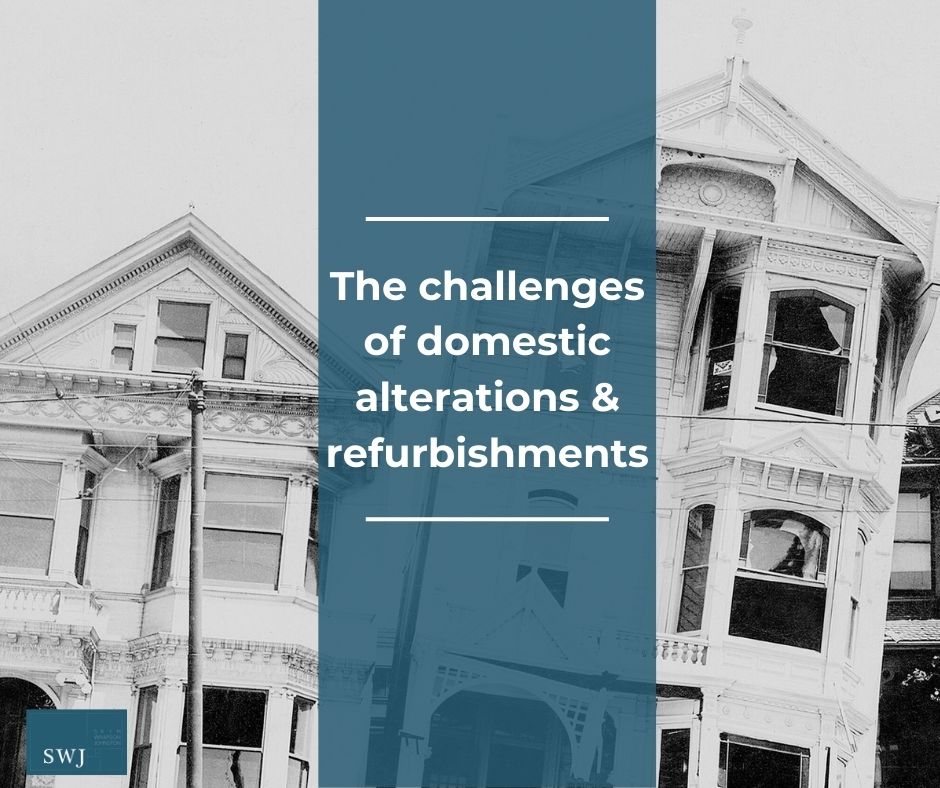There are many ways to save resources and money through value engineering in the very early stages when a project is still in the ground.
Engaging with SWJ Consulting at the earliest opportunity will enable us to identify possible ways to save on budget and time and this might just be through asking the right kind of questions. We will challenge assumptions and decisions if we see there may be an alternative. A lot of the questions we ask like ‘is the building in the right place?’ might seem obvious, and surely all Structural Engineers will look at these elements, but unfortunately this is not always the case.
We have the experience and breadth of knowledge across different sectors that enable us to think of different solutions and test them quickly using our digital construction software.
Foundations are only a small part of the considerations when looking at value engineering below ground. We have a separate article on value engineering foundations. There are several other below-ground factors that we consider.
Site Investigations
SWJ Consulting always completes a site investigation as it allows us to access the ground and challenge any assumptions that have been made. Understanding the geology of the site is crucial in the early stages and it will inform us of many things including the best type of construction method to use for a project. The type and nature of the soil will have a considerable impact on the choice of construction technique.
We also recommend long-term groundwater monitoring so we can design for the actual ground conditions rather than an assumed worst case. A site investigation carried out in January will show a different level of water than in July. Any design needs to consider the potential of water all year round and how sources of groundwater such as the inflow of surface water (from rain to burst pipes) and water pressures will affect the structure.
The presence of water is significant particularly when using lighter modern methods of construction such as timber and lightweight steel because there isn’t the self-weight to resist any potential uplift or pressure.
Contamination
Whilst contamination assessments are not something we do in-house we have the expert contacts and experience of working with them, using similar digital software, to evaluate ground conditions and make recommendations that will add value to a project.
Geotechnical research that deals with contamination is most useful on larger housing estates and residential developments. If the site housed an old factory there is likely to be cyanide in the ground. If there was a leather-making plant then there may be some nasty contaminants in the ground that you wouldn’t want in residential gardens. Accurate volumetric calculations are an intrinsic part of calculating cut and fill requirements, good stockpile management and many other elements of the construction process.
Working with a company like www.tandpregeneration.co.uk and getting a specialist drone survey completed offers a quick, cost-effective but highly accurate way to complete important calculations.
These calculations allow us to determine how much soil needs to be removed or moved to get the levels right, enabling improved cost management of earthworks and possibly allowing the use of areas of a site that had been previously considered unviable.
Knowing the Standards
SWJ Consulting knows the NHBC standards very well, and because of this, we can save money on non-essential measures that may be implemented.
A good example of this is the NHBC standard that insists on polystyrene being buried as heave protection, on heave susceptible soils such as clays and weathered chalk. This is because soil loses moisture over time especially if there are trees present. As the soil dehydrates it shrinks and the house will sink with time. The trees are then removed, cited as the source of the issue, but there is no guarantee that the soil will return to its exact previous state and as the moisture returns to the soil the house can suffer the opposite problem and rise.
As standard, structural engineers may add polystyrene heave protection on all foundations, but it is only necessary if there are existing trees. Knowing the standards and why they are in place allow us to save costs, and add a sustainability benefit, because we are not adding unnecessary heave protection to the project.
Superstructure Solution
It makes sense that what you are doing in the ground has a direct result on the structure above. If a superstructure has been designed with a heavy structure, such as traditional masonry, and is sitting on poor ground then it makes sense to change the superstructure design to something lighter like a timber frame structure which will save costs in the ground and possibly in the superstructure.
Is the building in the right place?
The other thing we check, and we mentioned before, is to ensure the building is planned for the most appropriate place on the site. It seems obvious but if you understand the geology of the site and you know you will have to pile foundations because of the ground conditions then it makes sense to put the lighter buildings on the worse ground.
A change in plan such as the above is not possible or is very difficult to do, once planning and drawings have been completed but if you consult with us in the early stages we can look at all these factors and come back with efficient solutions that will save time and money on the project across the board.
Construction Techniques
We quite often challenge the construction techniques that we see in plans. We can do this because we have the breadth of experience of designing different methods and the digital capacity to test and prove our solutions. For example, we were asked to look at plans for a reinforced concrete wall next to a new road with a max original height of 4 meters. The wall needed 3.5m behind it for access to build and temporary sheet piles were going to be used as the build was against the site boundary. We recommended that the sheet piles were moved forward and become the permanent structure. Our digital construction software allowed us to model this solution and answer any queries and concerns. Our solution saved the client a significant amount of budget by removing temporary works, saving on material movement and taking weeks off the project’s schedule.
The original design was typical for heavy highway engineering structures but our diverse experience allows us to think outside traditional methods and consider solutions taken from other sectors of the industry.
Digital Technology
Our investment and experience using digital construction methods enables us to consider, design and test solutions more quickly and effectively than other consultancies using more traditional methods. The contamination drone survey, for example, uses similar software to ours and so we can integrate their calculations into our models very easily – again saving the client money. We can make models for heavier buildings and look at the possible foundation options quickly such as pads, rafts or piles so estimators can make an informed decision.
Early engagement is key to value engineering below ground solutions
Making sure lighter buildings are planned on areas of the site with poorer ground conditions is an obvious example of why engaging with SWJ Consulting from the earliest opportunity will save money in the long run. We have written a whole series of value engineering articles that demonstrates the range of areas we look at as standard to save clients money. We aim to deliver the most efficient design for every project. The team is very experienced in finding and testing efficient solutions and working under pressure from contractors in the design and build environment.
If you would like to speak to SWJ Consulting about your project, then please call 01993 225 085 or email mail@swjconsulting.co.uk today.




